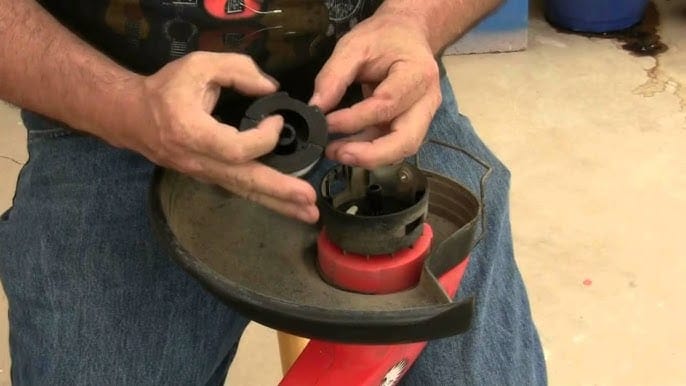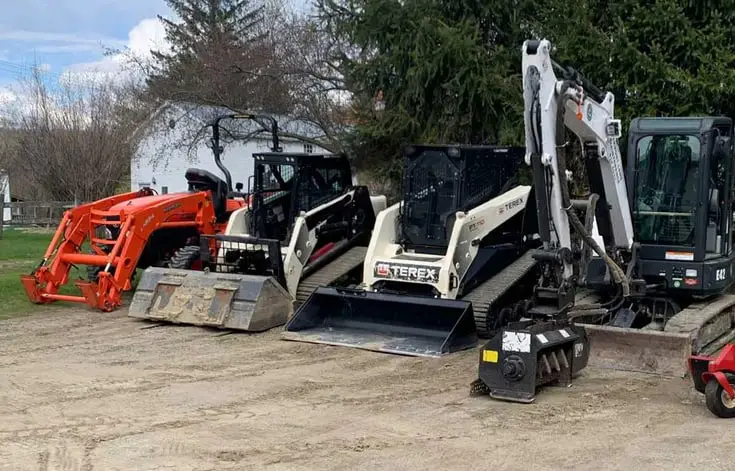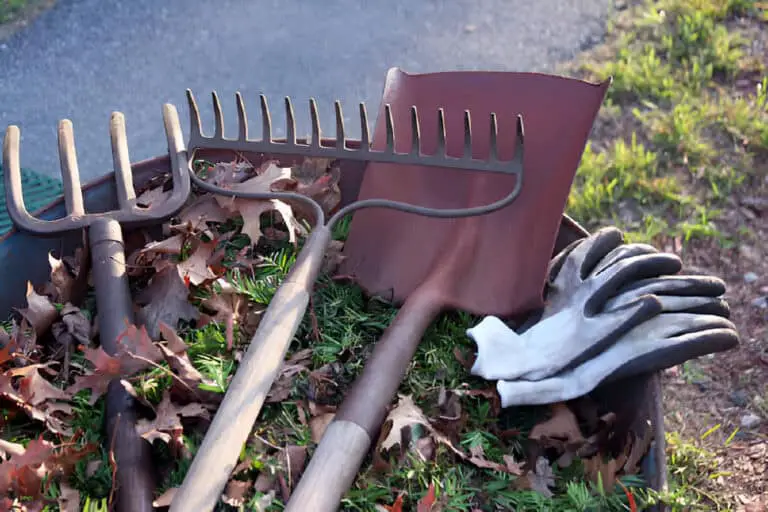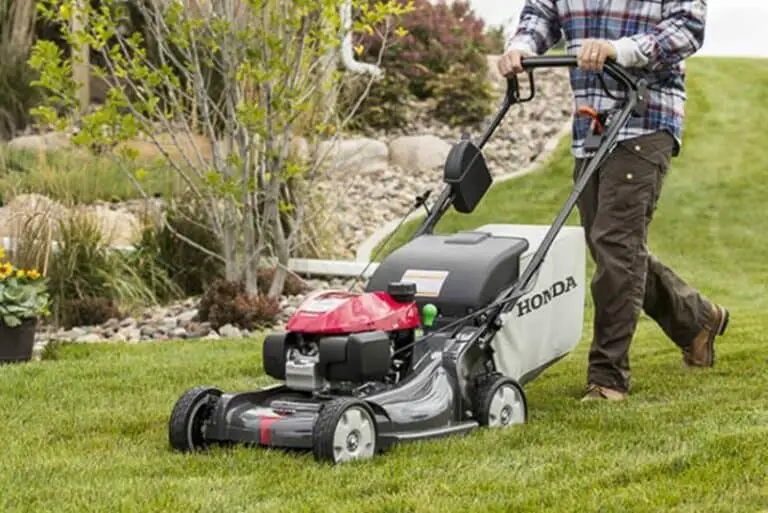Why Is My Weed Eater Leaking Gas from the Air Filter? Troubleshooting Tips

I’ll never forget the first time I noticed my weed eater leaking gas from the air filter. There I was, ready to tackle my overgrown yard, and suddenly, I found myself in a sticky situation—literally! Gasoline pooling around my equipment was not only a frustrating sight but also a potential safety hazard.
So, I dove into the world of troubleshooting to figure out what was going wrong. If you’re in the same boat, let me share my insights and tips to help you get your weed eater back in top shape.
Understanding the Basics of Weed Eater
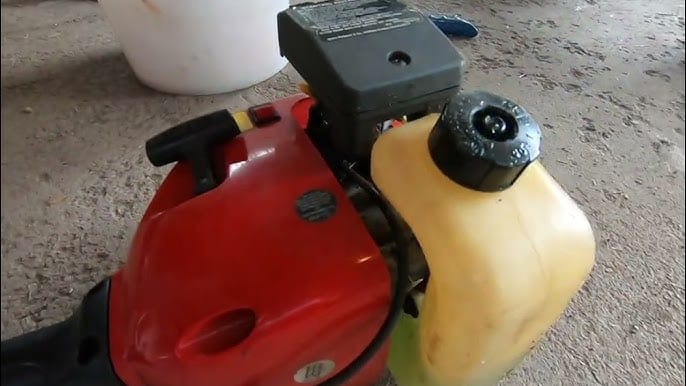
Before jumping into troubleshooting, it’s essential to understand how your weed eater works. This tool, often called a string trimmer, relies on a mix of air and fuel to power its engine.
The air filter plays a critical role in filtering out debris and ensuring that the engine receives clean air. However, if you notice gas leaking from the air filter, it indicates a problem in the system that needs addressing.
Common Causes of Gas Leaking from the Air Filter
- Overfilled Fuel Tank
- Overfilled fuel tanks are one of the most common reasons for gas leakage. When you pour in too much gas, the excess can seep into areas it shouldn’t be, including the air filter.
- Tip: Always fill your weed eater to the recommended level. Leave a little space at the top to avoid spills.
- Faulty Fuel Lines
- Over time, fuel lines can wear out or become damaged. Cracks or breaks in the fuel line can cause gas to leak into the air filter area.
- Tip: Inspect the fuel lines for any signs of wear. If you spot any damage, replacing them is usually straightforward.
- Clogged Air Filter
- A clogged air filter can cause the engine to run poorly and result in excessive fuel buildup. When the engine struggles to draw in air, the excess fuel can leak out.
- Tip: Regularly clean or replace the air filter to maintain optimal performance.
- Carburetor Issues
- The carburetor is like the heart of your weed eater. It mixes fuel and air to create a combustible mixture. If the carburetor is malfunctioning, it can cause fuel to overflow and leak out.
- Tip: Inspect the carburetor for leaks or clogs. If it’s dirty, cleaning it can often resolve the issue.
- Bad Fuel
- Using the wrong type of fuel or stale gas can lead to engine problems. Old or contaminated fuel doesn’t burn efficiently, leading to excess fuel leaking from various parts of the engine.
- Tip: Always use fresh fuel and the correct mix ratio recommended by the manufacturer.
Troubleshooting Steps to Fix the Leak
Now that you know the common culprits, let’s get into the troubleshooting process. Here’s a step-by-step guide to help you tackle that gas leak effectively.
Step 1: Safety First
Before you start any repairs, make sure you’re working in a well-ventilated area and wearing appropriate safety gear. Goggles and gloves are a must to protect your eyes and skin from fuel.
Step 2: Assess the Situation
- Check Fuel Levels
- Open the fuel tank cap and inspect the fuel level. Is it overfilled? If so, drain some out to the recommended level.
- Examine the Air Filter
- Remove the air filter and look for signs of fuel saturation. If it’s soaked, it’s time for a replacement.
- Inspect the Fuel Lines
- Look for cracks or leaks in the fuel lines. If they appear damaged, replacing them will prevent further leakage.
Step 3: Clean or Replace Components
- Air Filter
- If your air filter is dirty, clean it with warm, soapy water. Let it dry completely before reinstalling. If it’s too worn, just replace it.
- Carburetor
- Remove the carburetor and inspect it for debris or leaks. Clean any buildup with carburetor cleaner. If it’s damaged, consider replacing it.
Step 4: Test the Weed Eater
Once you’ve completed the necessary repairs, it’s time to test your weed eater. Fill it with fresh fuel and start it up. Watch for any leaks during this process. If everything checks out, you’re back in business!
Maintenance Tips of Weed Eater to Prevent Future Issues
Now that you’ve tackled the leak, let’s talk about some maintenance practices that can keep your weed eater running smoothly for years to come.
You don’t want to find out your trusty weed eater is leaking gas when you’re halfway through trimming the lawn. By inspecting your tools, you can catch potential issues early and ensure they’re ready to tackle the tasks ahead.
| Maintenance Task | Frequency | Tips |
| Clean or replace air filter | Every 25 hours of use | Use a clean, dry filter for optimal performance. |
| Inspect fuel lines | Monthly | Look for cracks or wear and replace as needed. |
| Use fresh fuel | Each season | Avoid using fuel older than 30 days. |
| Check the carburetor | Annually | Clean it during your spring maintenance routine. |
| Store properly | At the end of the season | Drain fuel or use a fuel stabilizer to prevent gumming. |
| Also check: Can You Use a Weed Whacker to Trim Bushes? |
Professional Help: When to Call an Expert
When tackling issues with your weed eater, knowing when to call in a professional can save you time and frustration. If you find yourself facing persistent problems, such as repeated gas leaks or performance issues despite your best DIY efforts, it might be time to seek expert help.
Recognizing the limitations of your skills is crucial. Not every problem is meant for home repair, especially when dealing with intricate components or safety concerns.
When selecting a repair service, consider a few key factors. Look for local professionals with positive reviews and solid reputations. Asking for recommendations from friends or family can lead you to reliable technicians who can diagnose and fix your weed eater’s issues efficiently.
Make sure to discuss warranties and service guarantees, as these can provide peace of mind. Ultimately, investing in professional help can ensure your equipment runs smoothly, allowing you to enjoy your gardening without the hassle of malfunctioning tools.
Conclusion
Dealing with a weed eater that leaks gas from the air filter can feel overwhelming, but with the right approach, you can diagnose and fix the problem. Whether it’s overfilling the tank, faulty fuel lines, or a clogged air filter, identifying the root cause is half the battle. Plus, with regular maintenance, you can prevent future issues and keep your equipment running like a dream.
So next time you head out to tackle those pesky weeds, take a moment to check your weed eater. A little attention can go a long way in ensuring you have a smooth, trouble-free gardening experience. Happy trimming!

